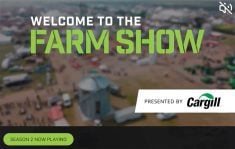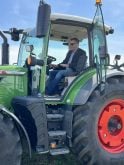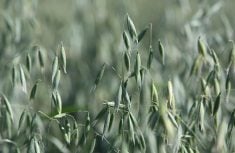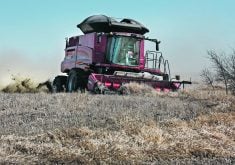Planning next year’s calf crop
Creep feeding, pregnancy testing and early weaning will pay for themselves by eliminating open cows and late calving in the future, said Jim Armstrong, livestock agrologist with Saskatchewan Agriculture in Tisdale.
Other benefits of these practices include reduced winter feed costs for the cow, and higher returns for a more uniform, healthier feeder-calf crop.
“The first step in ensuring these paybacks is creep feeding. A 550-pound calf needs good grass and 15 lb. of milk to gain two lb. a day. By early September, the cow is almost dry and straight grass won’t produce more than 11Ú2 lb. per day gain,” he said.
Read Also

VIDEO: Ag in Motion documentary launches second season
The second season of the the Western Producer’s documentary series about Ag in Motion launched Oct. 8.
“Creep feeding in the fall, however, helps to correct this problem. Eight lb. of oats and grass will support gains close to two lb. per day. It will leave more grass for the cows, the calf crop will be more uniform and the calves will wean onto feedlot rations with less stress.”
Pregnancy testing identifies open and late cows. Culling these cows for sale in September leaves grass and winter feed supplies for the remaining herd and avoids the market glut of early November when prices usually fall.
“Pregnancy testing day is also a good time to wean,”said Armstrong. “A calf eats 75 percent of what a dry cow needs. Weaning the calves allows producers to optimize their genetic potential in the feedlot and September is traditionally the high market for calf prices.
“Removing the calves from grass also lets the cows pick up condition. Cows entering the winter with a thin layer of fat can lose some weight and remain healthy. Putting that same thin layer of fat on in the cold of winter would take an extra 11 lb. of grain per day over a maintenance ration.”
Armstrong said the cost and time of creep feeding, pregnancy testing and early weaning is offset by reduced winter feed costs, better reproductive performance and higher returns for the cull cows and calves.
“If we were talking insurance, we’d say the rebate far exceeds the premium. So that’s the policy to buy this fall,” said Armstrong.
– Saskatchewan Agriculture














